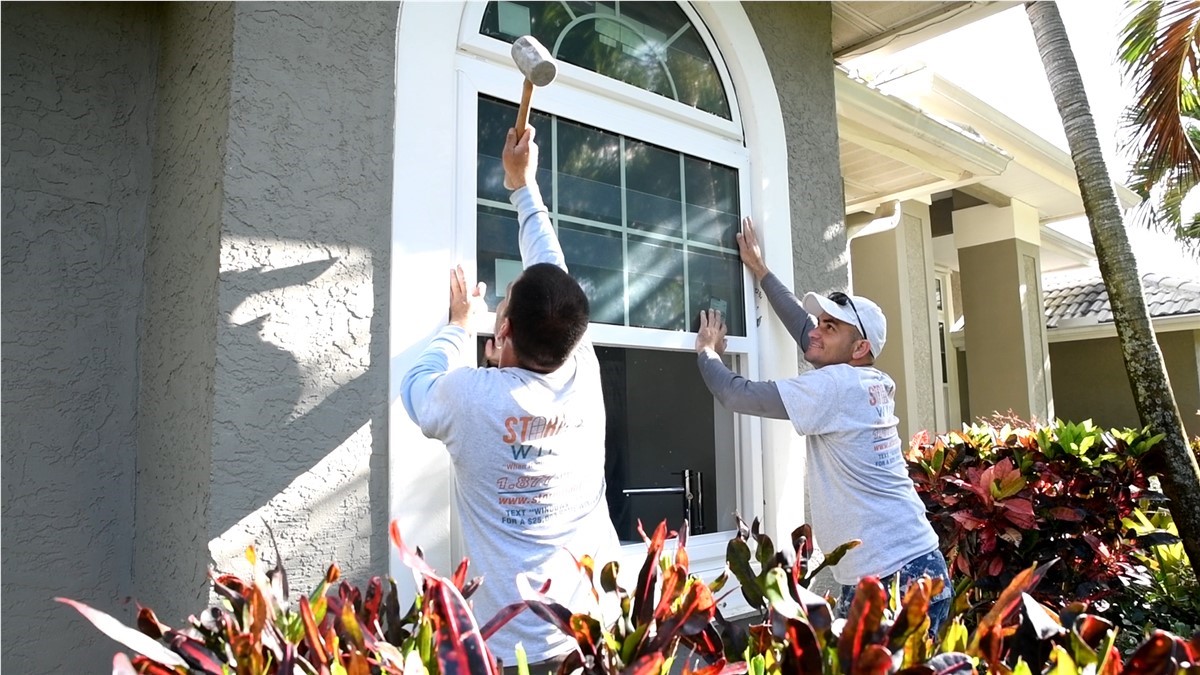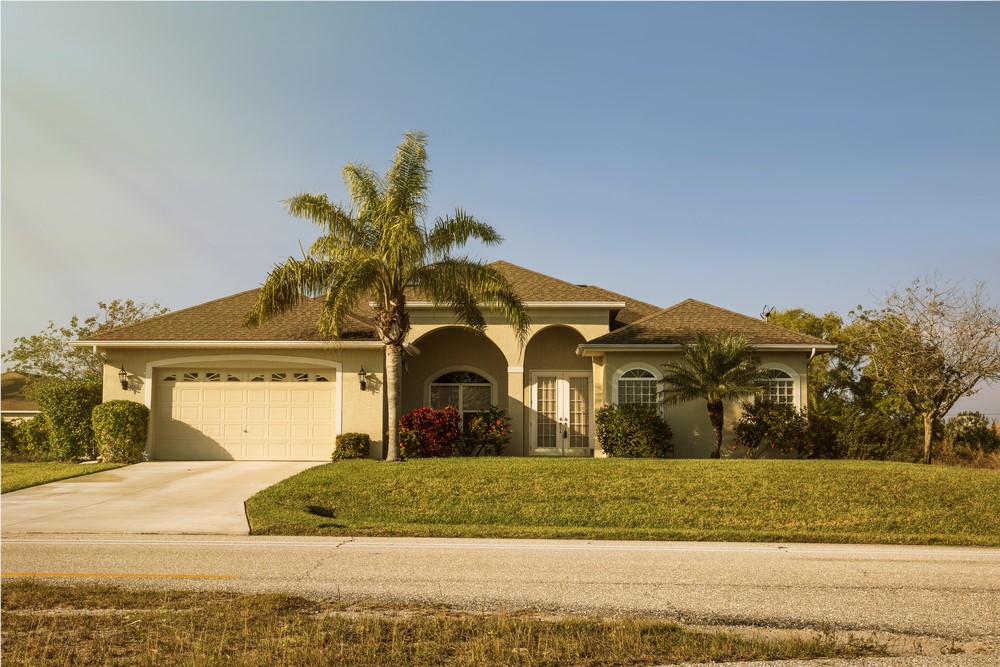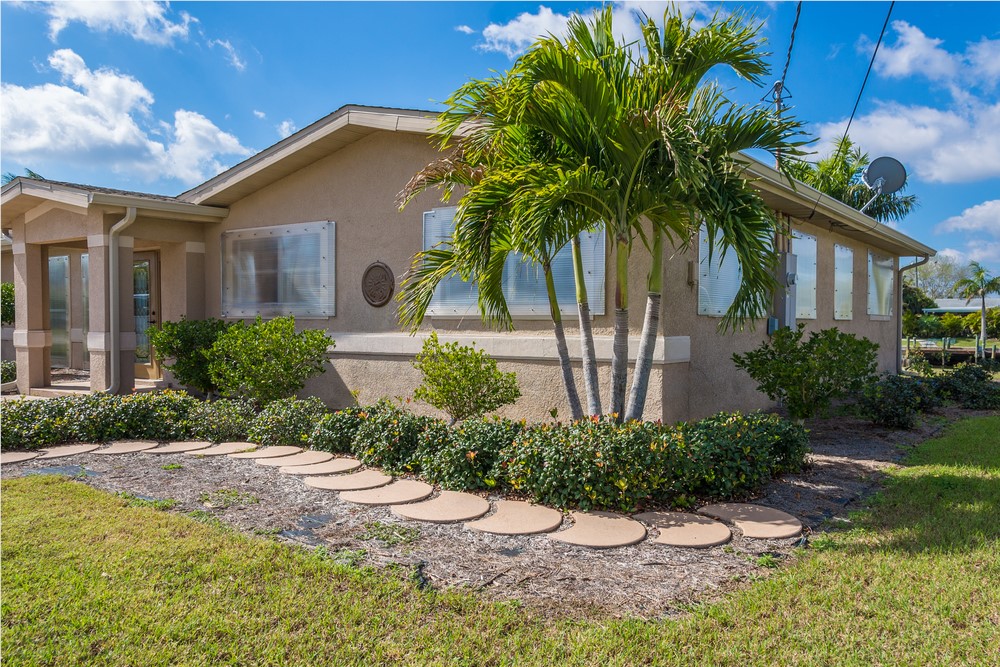What to look for when buying replacement windows
You might feel a draft. Or notice that your window sashes are damaged. Maybe the panes fog or condensation collects between them. Or, worse, the frame itself is rotting.
If any of these scenarios are true in your house, there’s a good chance you need a new window, or maybe all new windows. But where do you begin? More than likely, with replacement windows.
A replacement window is made-to-measure for an existing window frame. They are designed to be installed without having to remove the exterior siding or window trim, which would make the job more involved and more expensive. If you’re building a new house or planning a remodeling project, you’re more likely to be in the market for new-construction windows. If, on the other hand, the neighbor kid’s baseball just crashed through a single window pane, the glass can be replaced with what’s known as an insert.
When buying replacement windows, the options for customization can be overwhelming.
How to Get Started
As a consumer, you can browse the window aisle at your local big-box store to orient yourself with brands and styles, but the windows there almost certainly won’t fit the window openings you have because there’s no standard size.
“There is really no way to get a ‘general quote,’ ” says John Jervis, managing director of the American Window and Door Institute. Rather, each seller will conduct a site review of your house—essentially a free consultation with one of its reps, who will take measurements and talk to you about your needs.
“During your consultation, a project specialist will come to your home and go over material options, show samples, and ask questions regarding specific requirements for your home,” says Steve Anstett, the merchandising director for millwork at Lowe’s.
That person should discuss your budget and suggest specs for each window. And not every window requires the same strategy. It might be prudent, for example, to install particularly energy-efficient windows on certain walls of your home based on how much shade or sunlight these walls receive. The consultation might also reveal problems, such as rotted or warped window frames, that would affect the cost or scope of the job.
Decisions That Matter
Be sure to talk to each consultant about whether a particular frame type makes sense for your climate. Aluminum frames are generally inexpensive and durable, but the material is a very poor insulator and is suitable only for temperate areas of the country.
Another choice you’ll need to make is how many panes of glass you want. Double-pane glass is standard: The two panes are separated by a spacer, and the cavity is typically filled with argon gas, which adds insulating properties. (The panes have coatings that also help insulate.) You can buy triple-pane windows, which insulate further and cut down drastically on noise. But be wary of overdoing it: “Triple-pane windows are very expensive and may not be worth it unless you’re next to an airport or very close to a highway,” says Enrique de Paz, Consumer Reports’ windows test engineer.
You will want to walk through each of these decisions for each quote—along with choices around aesthetics, functionality, and more. As you might imagine, all these options can swing the price wildly.
You’ll probably get an itemized list, detailing the features you’ve discussed, with one dollar figure: the total, which should include installation. As you’re weighing each bid, ask the rep which features you could stand to lose and how that might affect the overall cost.
Once you’ve made your pick and signed off on the details, the dealer will order windows custom-made to your home’s specifications. Then a contractor will install the windows.
Tags
Subscribe to Storm Tight Windows's Blog






Comments